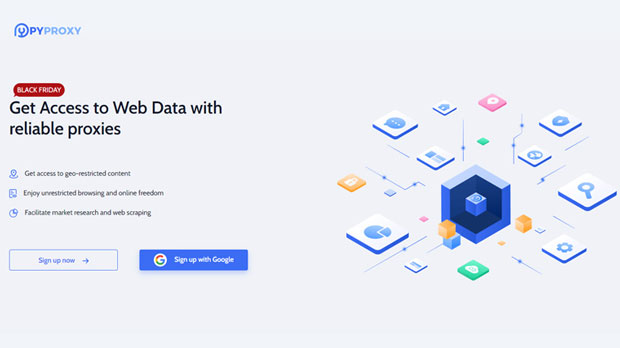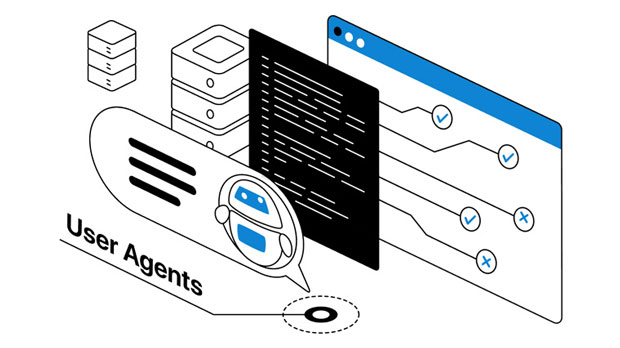Using a free socks5 proxy can offer a sense of online anonymity, but it's important to understand the potential risks to your personal privacy. socks5 proxies can hide your IP address and enable access to restricted websites, but if not used with proper security measures, they might expose you to data breaches, malicious activities, or unauthorized tracking. To truly protect your privacy, users need to adopt additional precautions such as encrypting their connections, verifying proxy reliability, and understanding the limitations of free proxies. This article will explore practical steps and strategies to secure your personal data when using free SOCKS5 proxies. Understanding the Basics of SOCKS5 Proxy and Privacy RisksBefore delving into privacy protection, it's essential to understand what SOCKS5 proxies are and how they work. SOCKS5 is a type of proxy server that facilitates the exchange of data between your device and the internet, masking your IP address in the process. Unlike HTTP proxies, which are limited to web traffic, SOCKS5 can route a wider variety of data traffic, including email and file transfers. This functionality makes it appealing for users seeking privacy.However, using a free socks5 proxy raises some concerns. Free proxies are not necessarily reliable, and their providers may log user activities for commercial or malicious purposes. Without proper safeguards, these services may expose sensitive information, such as your real IP address, browsing habits, and even login credentials. To mitigate these risks, it’s important to understand how to safeguard your privacy.1. Ensure Connection EncryptionOne of the most critical privacy measures when using any proxy service is encryption. SOCKS5 proxies, by themselves, do not encrypt your internet traffic, meaning that any data transferred through the proxy is exposed to anyone with access to the network, such as hackers or surveillance agencies.To protect your privacy, you should always use a secure connection protocol in tandem with a SOCKS5 proxy. The most effective way to encrypt your internet traffic is by using a Virtual Private Network (VPN) in combination with the SOCKS5 proxy. The VPN encrypts your data, ensuring that even if your proxy service is compromised, your personal information remains secure. VPNs create a secure tunnel between your device and the internet, making it difficult for anyone to intercept or monitor your activity.2. Check Proxy Reliability and Logs PolicyNot all SOCKS5 proxies are created equal, especially free ones. Some free proxy services may track user activity or inject malware into web traffic. Before using a free SOCKS5 proxy, you must ensure that it doesn’t store logs of your online activities. Logs may include browsing history, connection times, and even the data you send and receive.You can check the reliability of a SOCKS5 proxy by reviewing the provider’s privacy policy or terms of service. Avoid using proxies from dubious sources that do not clearly outline their logging practices. If a provider does not explicitly state that they do not keep logs, it’s better to err on the side of caution and look for a more trustworthy solution.3. Use SOCKS5 Proxies with Authentic IP RotationA key feature of using SOCKS5 proxies for privacy is IP address masking. Free proxies, however, may have vulnerabilities that expose your real IP address. This can happen if the proxy server fails to rotate its IP addresses frequently or if the server leaks your IP during a connection.To avoid this issue, make sure the SOCKS5 proxy you are using employs IP rotation, which constantly changes your IP address. By rotating IP addresses, you make it more difficult for websites or potential attackers to track your online activity. Additionally, ensure that the proxy does not leak any identifying data through DNS or WebRTC leaks, which could expose your real IP.4. Be Cautious of Malware and Malicious CodeMalware is a significant threat when using free proxy services. Some free SOCKS5 proxies may inject malicious scripts or advertisements into your internet traffic. These scripts can compromise your system’s security, steal your data, or even provide backdoor access to your device.To mitigate this risk, make sure you have up-to-date antivirus software running on your device. Additionally, use browser extensions that block potentially harmful scripts and pop-up ads. Only download proxy configurations from trusted sources, and avoid using proxies that have been reported for delivering malware or engaging in harmful activities.5. Limit the Information You Share OnlineUsing a SOCKS5 proxy does not guarantee complete anonymity, especially if you share personal information while online. If you're conducting transactions, logging into accounts, or submitting sensitive data, make sure that the website you are accessing is secured with HTTPS. HTTPS ensures that the data you transmit is encrypted, reducing the likelihood of interception.Furthermore, be mindful of the personal information you share online, even when using a SOCKS5 proxy. Many websites may use cookies, tracking pixels, or other methods to identify you and link your activities across the web. Consider using privacy-focused browser extensions that block these trackers, such as ad-blockers or anti-tracking tools.6. Regularly Monitor and Update Your Privacy PracticesFinally, protecting your personal privacy when using a free SOCKS5 proxy is an ongoing effort. Technology and online threats evolve constantly, so it is important to stay informed about the latest privacy practices and tools. Regularly monitor the security of your devices, update your software, and review any changes in the privacy policies of the services you use.Consider periodically switching to different SOCKS5 proxies to avoid patterns in your browsing habits that could be detected over time. Privacy is dynamic, and regular updates to your privacy practices ensure that your personal data remains protected.ConclusionWhile free SOCKS5 proxies can be a useful tool for maintaining online anonymity, they come with inherent risks. By understanding the limitations of free proxies and taking steps to enhance security, you can minimize the chances of exposing your personal data. Key measures such as using encryption, choosing reliable proxies, employing IP rotation, and being cautious of malware can all contribute to a safer online experience. Remember, privacy is a continuous effort that requires vigilance and proactive measures to stay ahead of potential threats.
Jan 16, 2025





























































